How to Socialise a Small Dog Effectively and Correctly
Published: 2025. 05. 18 - Photos: welovedogz.hu/en • 4 minutes reading

Published: 2025. 05. 18 - Photos: welovedogz.hu/en • 4 minutes reading
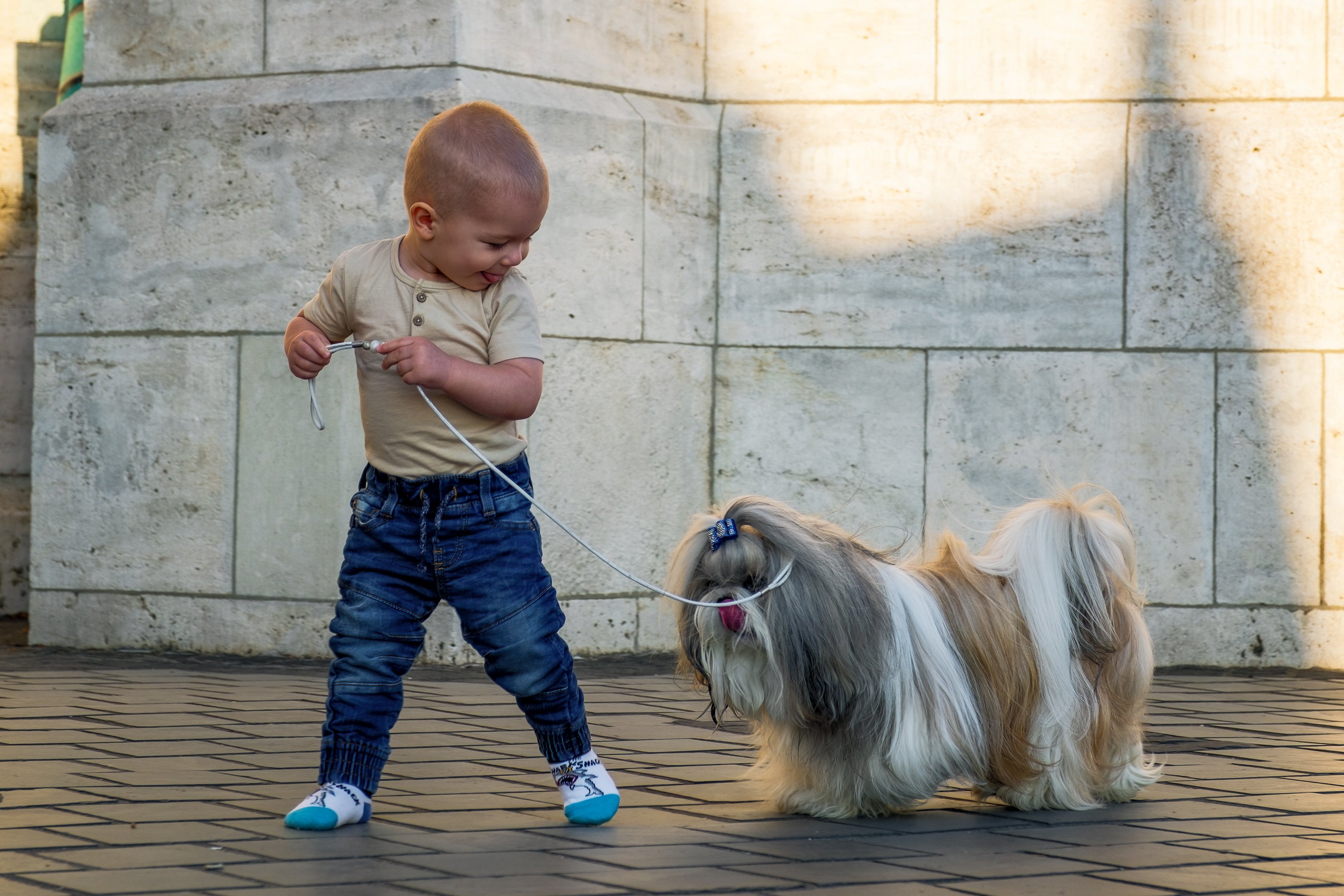
When you bring home a small puppy, it is very important to start socialising it immediately (this applies to any other four-legged dog, of course.) Socialisation is a key developmental period in any puppy's life, when they learn to understand the world and adapt to it. The first three months can make or break how they perceive their environment.
Unfortunately, it is common that many small dogs are not socialised, or socialisation is not as important for them as it is for larger breeds, because sometimes owners do not realise that this period is just as important for them. As dog trainer Melissa McCue-McGrath said, socialisation is technically the work for dogs under 20 weeks of age, "everything that comes after that is a social experience, which is also extremely important and valuable for our young dogs", but these experiences no longer carry the same weight as those learned during the critical socialisation window.
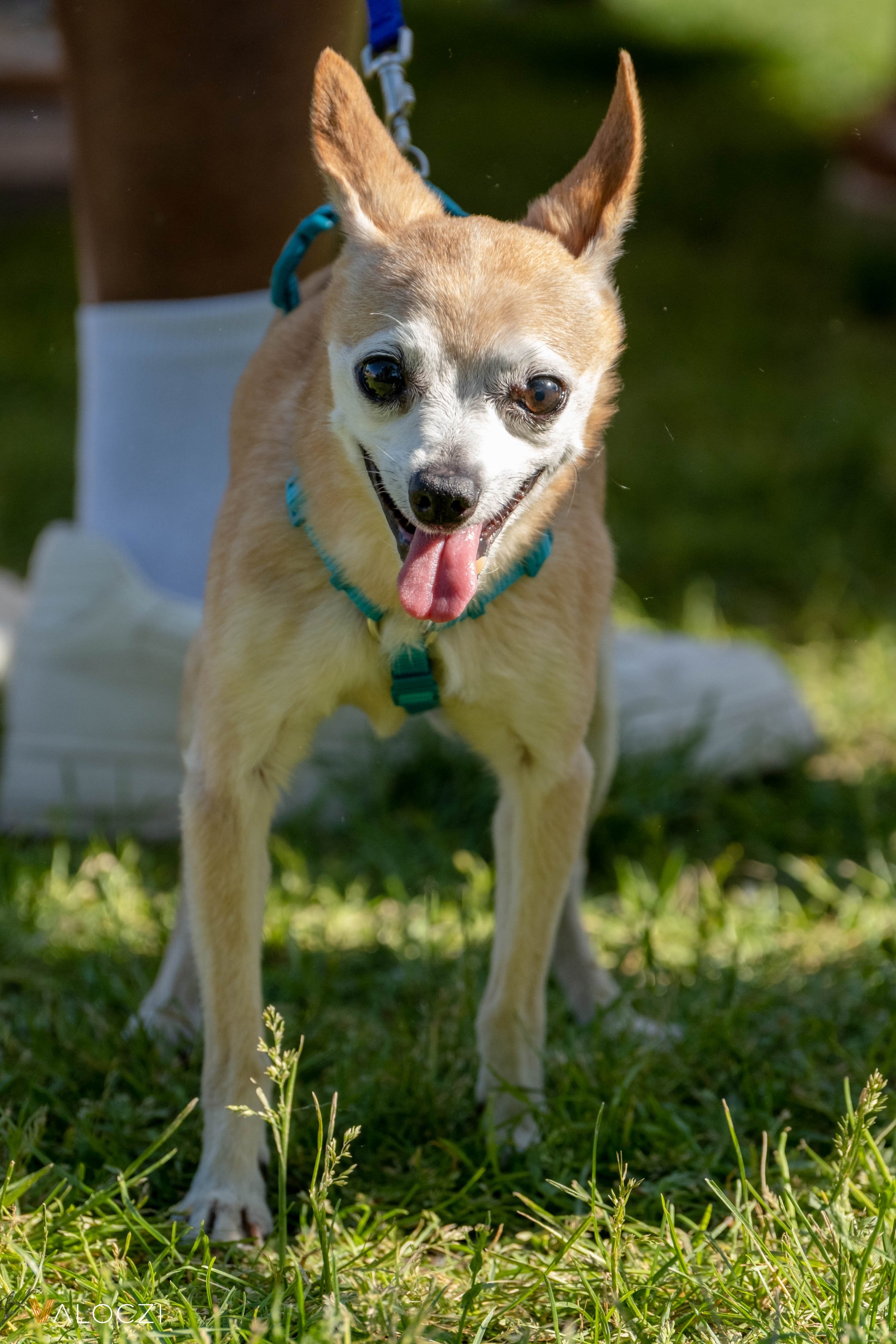 A properly socialised drop dog will be confident, which means less fearful / Photo: welovedpgz.hu/en
A properly socialised drop dog will be confident, which means less fearful / Photo: welovedpgz.hu/en
In many ways, there is no significant difference between small and large dogs when it comes to getting them used to people, other dogs or new environments, but you may need to take extra steps to keep your tiny puppy safe during this period.
When training small dogs, it is important to bear in mind that the whole world seems much bigger to them, which can be quite stressful. As a result, small puppies are at increased risk of being startled, overwhelmed or even accidentally stepped on during play. Making play safer is made easier by providing places for them to hide. This could be a play tunnel placed further away or even a chair turned down. Melissa McCue-McGrath says that if the environment allows, you may also want to move furniture away from the wall so that your puppy can hide in there if he encounters a larger dog. This setup gives the puppy the opportunity to escape immediately if he feels overwhelmed while playing.
Because of the size difference, puppies may accidentally hurt themselves during play. While our primary concern is to ensure that the puppy is not physically overpowered by the other, it is also important that the smaller puppy does not harass or corner the larger puppy.
Just because the puppies are similar in size doesn't mean they will make good playmates. Watch their body language to make sure everyone is comfortable, and follow playtime closely to make sure all pups are having fun together. It's also a good time to work on the call-in to reinforce that going to the owner and going back to play is an equally rewarding experience. This helps the puppy to interact more confidently with other dogs, while also giving him the opportunity to take a break if he feels overwhelmed.
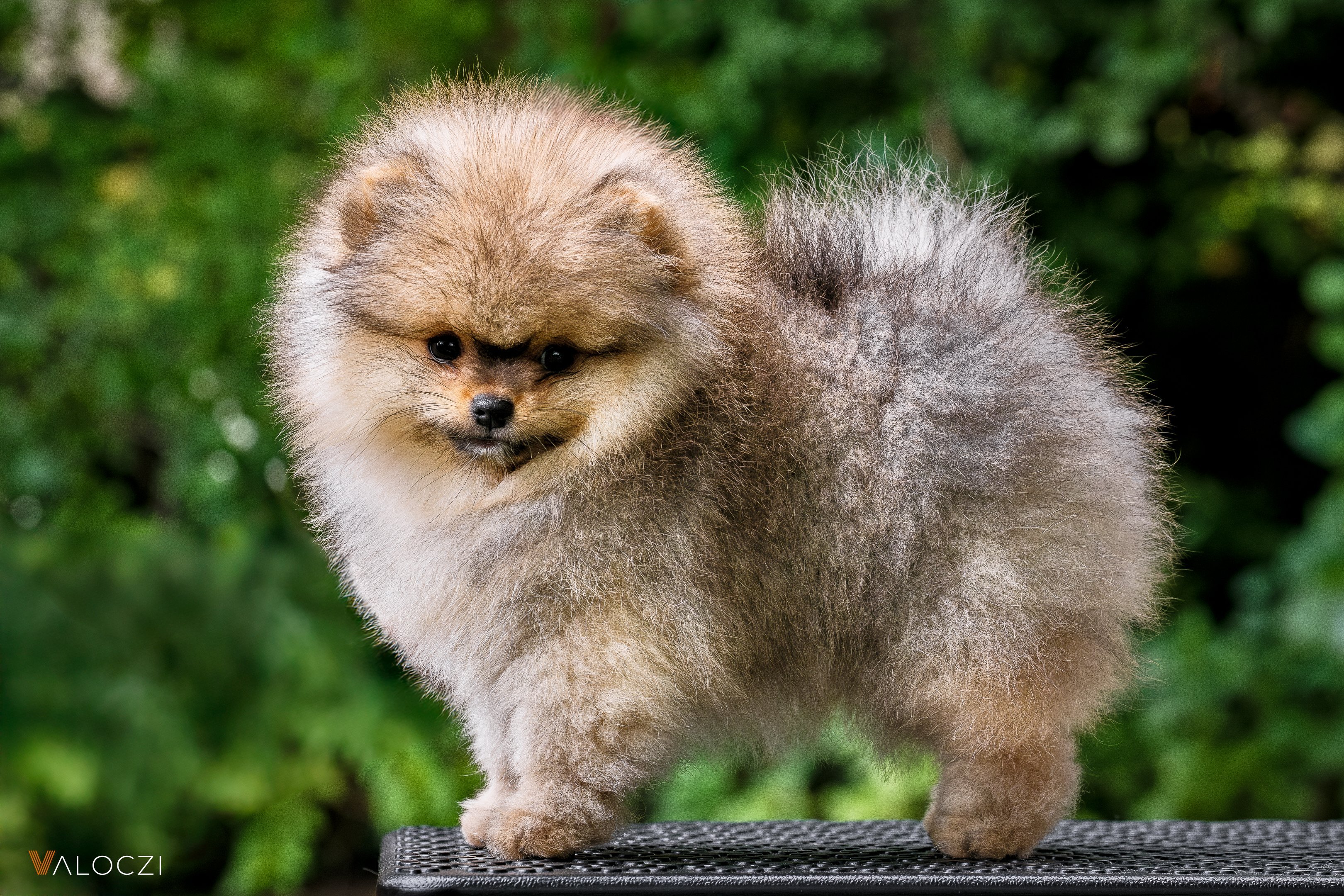 Pomeranian Dog / Photo: welovedogz.hu/en
Pomeranian Dog / Photo: welovedogz.hu/en
Everyone is towering over the little ones, which can be scary for them and even cause injury. If you want to socialise your pet in public, busy places, start at less crowded times and gradually get them used to busier environments. On these walks, try to walk on the outer edge of the crowd to keep a physical distance between your puppy and people - this will reduce the chance of accidental stepping on them.
She stressed that when socialising a puppy, she always keeps two things in mind: first, how comfortable the dog is in the situation, and second, whether what she is doing is really for the benefit of the puppy. So you need to watch your four-legged friend's body language and cues to gauge moment by moment how comfortable he is.
If the puppy is not showing signs of stress or tension, it is safe to continue familiarising him with the environment or situation. However, if he becomes withdrawn or shows signs of stress, stop and return to a point where he feels more confident. The puppy's comfort level is always a priority when training.
Sometimes smaller bodied dogs or puppies show signs of frustration or stress that people often find cute or funny and don't take as seriously as they would if they were showing the same signs in a larger bodied dog. But just because a dog is small, its feelings are just as valid. It is therefore particularly important to pay attention to the first subtle signs that a dog is uncomfortable - such as licking the lips or turning away - and these should be taken as seriously as a growl or a snap.
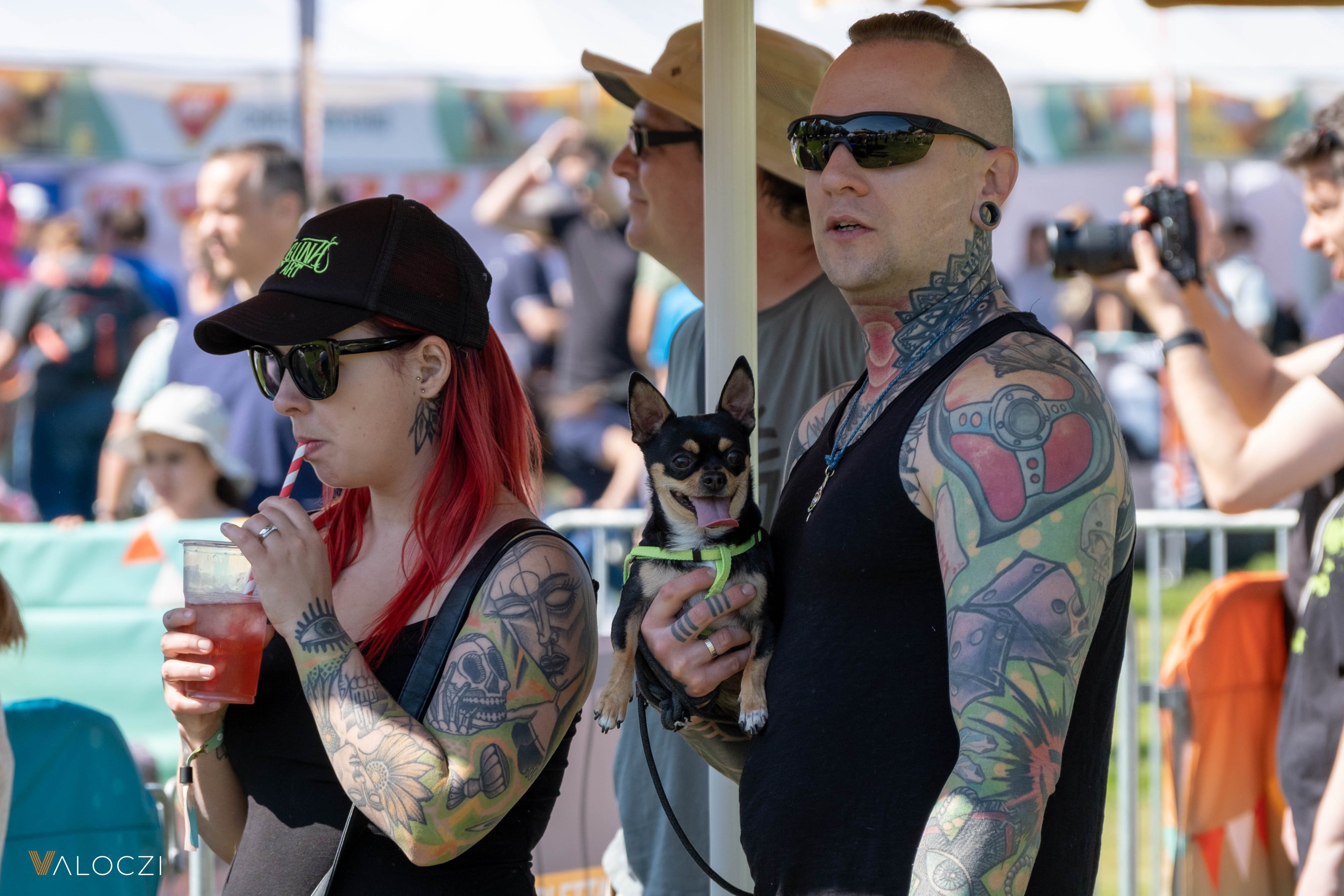 A well-socialised little dog will be more comfortable in larger crowds - a great relief for both dog and owner
A well-socialised little dog will be more comfortable in larger crowds - a great relief for both dog and owner
A puppy who is uncomfortable may recline or lie flat with his head down during play or training. If you see signs like this, it may be time to step back and remove him from the stressful situation. When puppies go beyond their tolerance level, they can easily get into a situation called "trigger stacking" where they can no longer learn or associate a positive experience with the situation. The goal is to let our puppy know that he can count on us, that we will stand up for him, and that we won't put him in a situation where he doesn't feel comfortable.
If you are having difficulty socialising or training your puppy, you may want to seek help from an experienced dog trainer who works with positive reinforcement-based methods.
Follow us!
facebook instagram youtube spotifyRelated articles

Dogs Can Rust: An Important Signal For Owners
Health • 4 minutes
How to keep your dog safe outdoors during the cold winter
Care • 5 minutes
Is your dog's paw slipping too often on the floor? Here's what you can do to help
Care • 3 minutes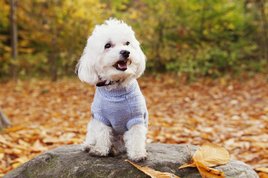
As the temperature drops, your dog's skin becomes more sensitive: how to care for it properly
Care • 3 minutes